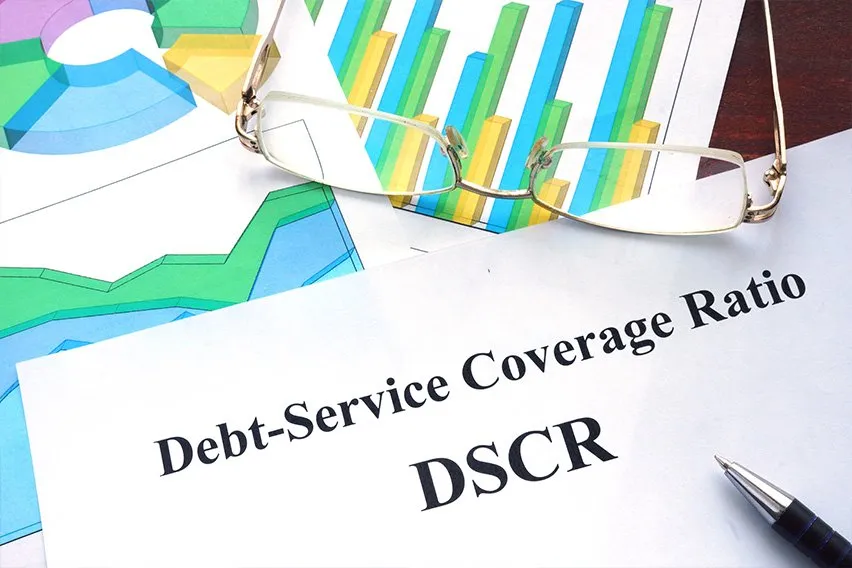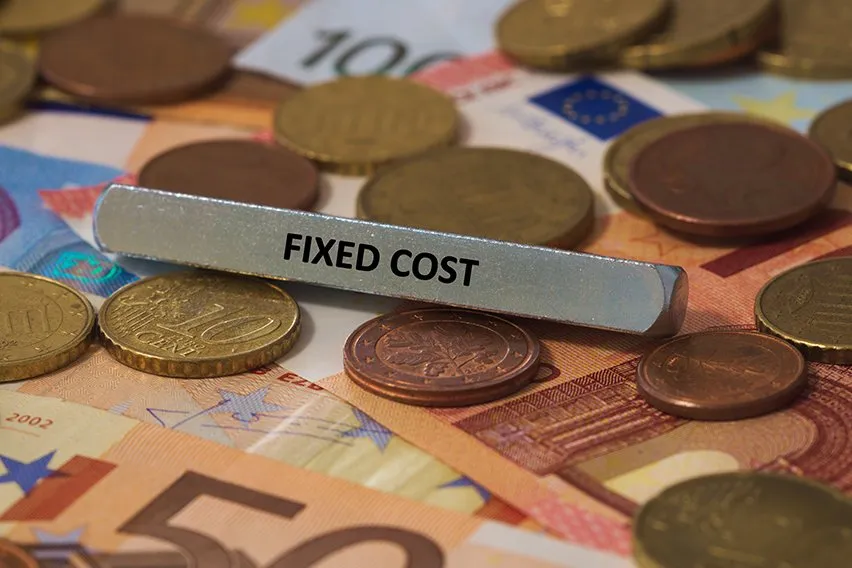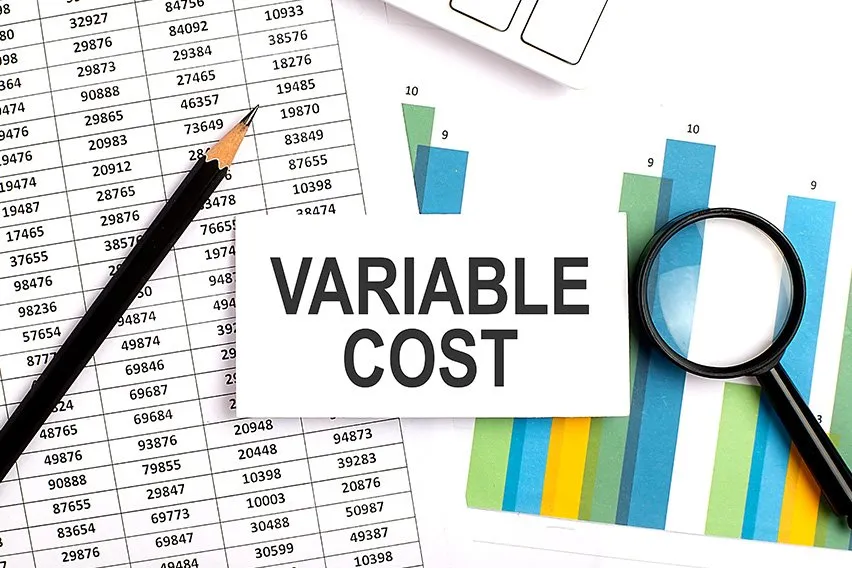What Is DSCR? It’s Debt Service Coverage Ratio

DSCR, or Debt Service Coverage Ratio, is a calculation used typically in commercial lending transactions involving real estate. It measures a property’s cash flow compared to its current debt obligations.
An evaluation of a company’s DSCR gives the lender a good idea on whether the business can pay a loan back, on time, and with interest. The higher the DSCR number is, the more likely the business will be granted the loan.
Here’s What We’ll Cover:
How Can I Increase My DSCR Ratio?

What Is DSCR Ratio Formula?
The formula for calculating DSCR (Debt Service Coverage Ratio) is as follows:
DSCR = Annual Net Operating Income/Annual Debt Payments
Lenders may refer to “Debt Payments” as “Debt Service”.
Net Operating Income Formula
Net Income + Depreciation + Interest Expenses + Other Non-Cash Items (like Amortization).
Debt Payments Formula
Principal Repayment + Interest Payments + Lease Payments
When calculating debt payments, the business should include the loan it is applying for, along with anything else they are currently paying off through credit. Figures should be for one year only.
What Is a Good DSCR Ratio?
If the DSCR calculation results in a figure of “1” or above, then that means the revenue generated from the business or property will be enough to cover its debts. This does not mean someone with a “1” score will get a loan. In fact, it’s unlikely. “1” means a business has exactly enough cash flow to pay its expenses, but that is all. It leaves no room for unexpected additional costs.
The higher above “1” the number is, the more likely banks are to approve loans, along with better repayment terms and lower interest rates. The Small Business Association (a United States government agency designed to help small businesses) requires a minimum DSCR ratio of 1.15 in order to grant loans over $350,000.
Companies with less than a “1” score may still be able to get their loans granted through the establishment of a debt service reserve account. This account protects the lender by having funds set aside to support the loan. Typically, six months to a year’s worth of debt service payments are placed in a debt service reserve account.
Keep in mind that the DSCR calculation is good for both the lender and the business applying for the loan. This is because the business can do the calculations first, to determine if the ask is too much. From the result, they can also work out ways to increase their DSCR ratio (before applying), and by doing so, be in a better position to get approval on the loan.
How Can I Increase My DSCR Ratio?
A business can increase its DSCR ratio by implementing one or more of the following methods:
Increasing Its Net Operating Income
This can be done by:
Decreasing Expenses
A business should look at what it pays now, and to whom, and if the prices currently paid to vendors can be re-negotiated.
Increasing Efficiencies
A business should look at how it does things the way it does, and if there are redundancies that can be eliminated, to reduce costs.
Paying off Existing Debt
Any debt that can be eliminated will no longer be part of the DSCR equation.
Reducing the Amount of the Loan Request
This will automatically reduce the DSCR number.

DSCR Example
Sarah’s Shoes is a company that makes fine shoes in the Boston area, which are shipped internationally. The business has seen some spectacular sales, and Sarah would like to expand. As such, she wants to buy a warehouse to increase her manufacturing capabilities. She runs the DSCR calculation:
Sarah’s Shoes
Annual Net Operating Income: $525,000
Annual Debt Payments: $370,000 (including interest)
DSCR = Annual Net Operating Income/Annual Debt Payments
Or
$525,000/$370,000
=
1.42
With a DSCR score of 1.42, Sarah is in a very good position to receive the loan. This figure means she has 42% more income than her debts.
However, once she has the mortgage, applying for another one can be difficult, as her DSCR number will decrease every time she takes on a new loan. She has to be sure this is what she wants, and that this location will serve her business needs for a long time to come.
RELATED ARTICLES


 The Importance of a Cash Flow Statement (and What It Tells You)
The Importance of a Cash Flow Statement (and What It Tells You) Fixed Cost: Definition, Formula, and Examples
Fixed Cost: Definition, Formula, and Examples Variable Cost: Definition, Formula, and Examples
Variable Cost: Definition, Formula, and Examples What Is Cost Accounting? It’s Cost Control
What Is Cost Accounting? It’s Cost Control Financial Accounting: Meaning, Principles, and Importance
Financial Accounting: Meaning, Principles, and Importance Is Equipment a Current Asset? No, It’s a Noncurrent Asset
Is Equipment a Current Asset? No, It’s a Noncurrent Asset